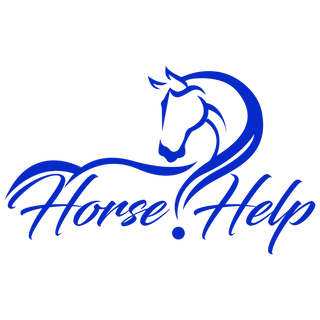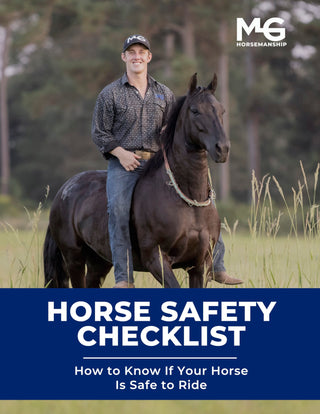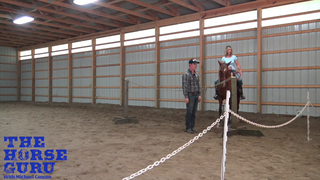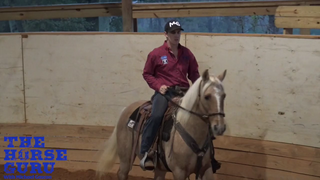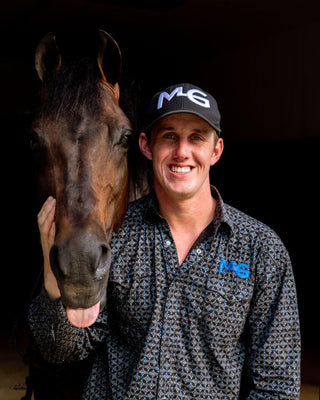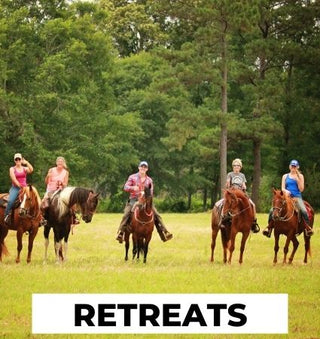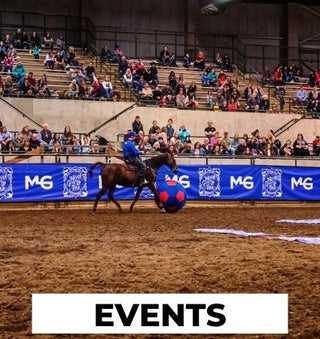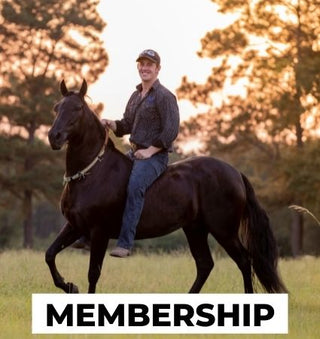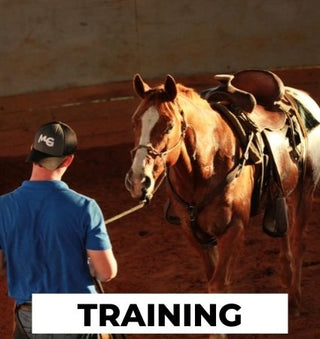Watch the Video Here or continue reading below!
Stopping is one of the most crucial skills a horse can learn, and it goes beyond simply pulling on the reins. A proper stop comes from balance, communication, and correct body positioning. Whether you have a gaited horse, a hot-blooded horse, or a colder breed, this method will help you teach your horse a responsive and effortless stop.
The Concept of "Leg On, Leg Off"
The foundation of a good stop starts with understanding leg pressure. Instead of squeezing the horse constantly, your legs should remain relaxed and lightly touching the horse’s sides. This contact helps in steering, forward motion, and stopping.
Leg Positioning for Control
- Keep your legs relaxed but in contact with the horse’s barrel.
- Your calves should be touching but not gripping tightly.
- When you ask the horse to go forward, apply gentle pressure with your legs.
- To stop, release your legs to signal that the “motor is off.”
This method prevents over-reliance on the bridle and encourages the horse to respond to your seat and leg cues.
Common Mistakes to Avoid
1. Relying on a Stronger Bridle
A bigger, harsher bit won’t teach your horse to stop—it only forces them into submission. Instead of using more rein pressure, focus on teaching the horse the correct cues for stopping.
2. Leaving Your Legs Off Completely
If you remove your legs entirely, you’re relying too much on the bridle. Keeping light leg contact provides stability and control, preventing the horse from becoming confused or reactive.
3. Rushing the Stop
If you abruptly throw yourself backward when stopping, you’ll hollow out the horse’s back and create an uncomfortable experience. Instead, engage your core and gradually sit deeper into the saddle to encourage a smooth stop.
How to Teach a Balanced Stop
1. Rein Positioning
Before asking for a stop, ensure your reins are positioned so that if the horse throws its nose out, they run into your hands. This prevents them from evading contact and helps maintain balance.
2. Using Your Seat and Legs to Stop
- Maintain light leg contact while riding forward.
- When preparing to stop, lock your hands in place and sit deeper into the saddle.
- Gradually move your weight back while keeping your hands steady.
- Release your leg pressure to signal the stop.
This approach encourages the horse to stop from their hindquarters, rather than relying on the rider’s hands.
Practicing Multiple Stops
Change Direction After Stopping
- If you stop and immediately go in the same direction, the horse may anticipate forward movement.
- Instead, either wait for a few minutes or turn 180–360 degrees before moving forward again.
- This teaches the horse that stopping means the motor is off, not just a quick pause before going again.
Introducing Backing for a Better Stop
Backing up is a great exercise to improve stopping. A horse that understands backing will develop better balance and responsiveness.
How to Teach the Back-Up
- Start from a complete stop.
- Hold your reins steady without pulling.
- Use leg pressure to encourage backward movement.
- If the horse resists, apply more leg pressure until they make an effort.
- The goal is for the horse to learn that backing up is a response to your legs and seat, not just rein pressure.
Final Thoughts on Stopping Your Horse
Mastering a smooth stop is about communication, timing, and consistency. By using the “leg on, leg off” method, teaching rein positioning, and incorporating backing, you can achieve a soft, collected stop without harsh rein pressure.
Key Takeaways:
✔ Keep light leg contact while riding.
✔ Release leg pressure to signal the stop.
✔ Avoid relying on stronger bits or heavy rein pulling.
✔ Change direction or wait after stopping to prevent anticipation.
✔ Teach backing to reinforce a responsive stop.
By focusing on these techniques, you can develop a horse that stops smoothly, willingly, and effortlessly.
